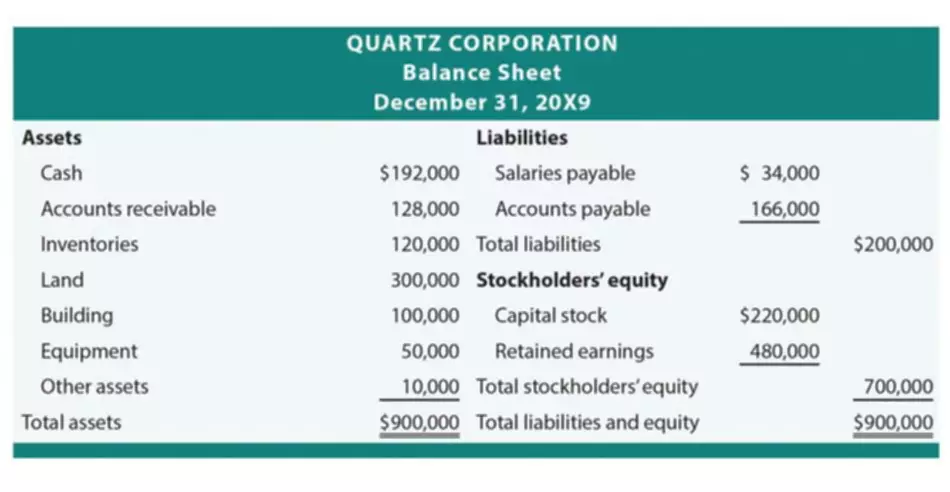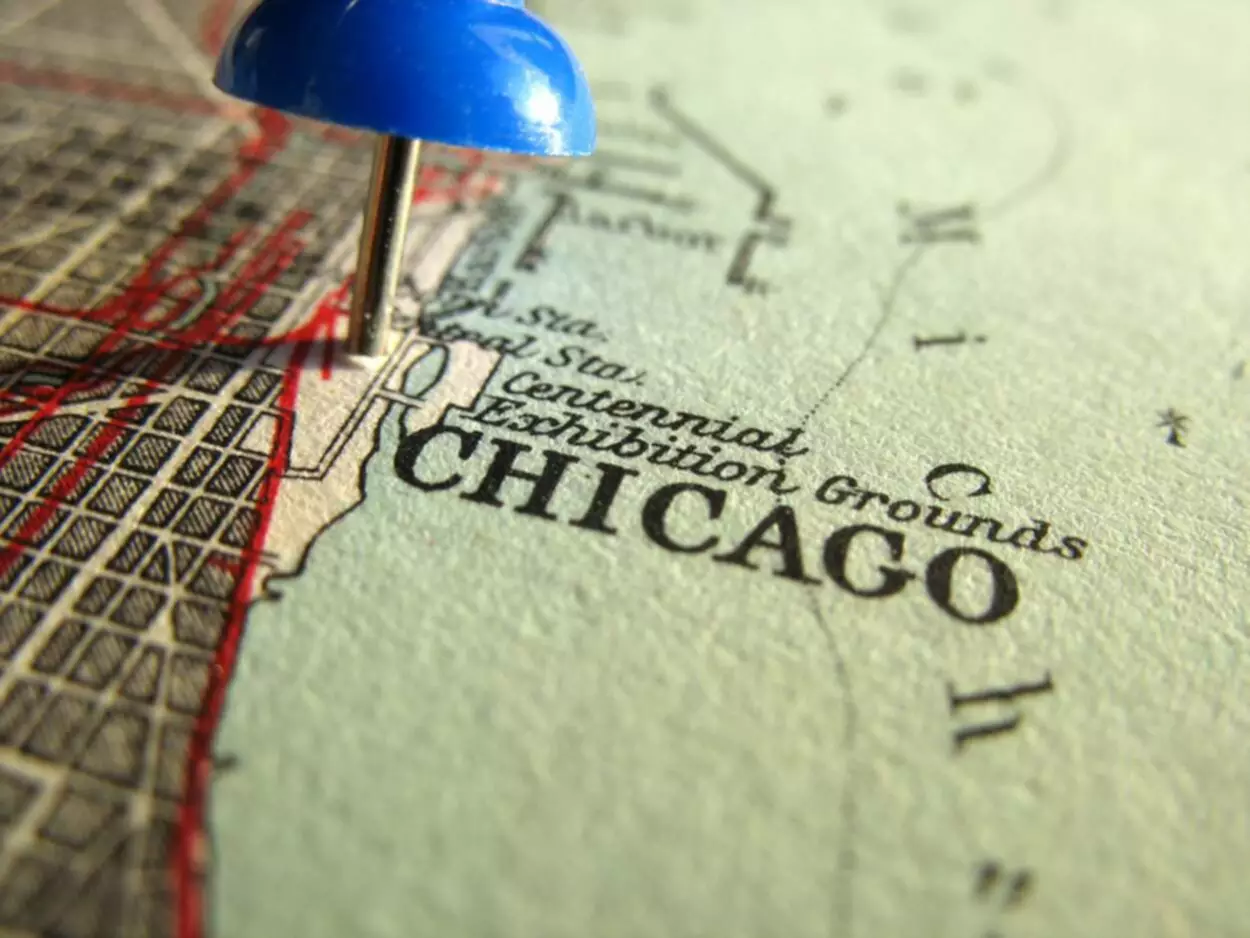Content MACRS Depreciation Double-Declining Balance Method Join PRO or PRO Plus and Get Lifetime Access to Our Premium Materials More Accounting Topics What is the accumulated depreciation formula? Accumulated Depreciation Formula and Examples Accumulated Depreciation Example: Annual Depreciation Depreciation is a calculation used to reduce the value of a fixed asset over a specific period.
Content

Depreciation is a calculation used to reduce the value of a fixed asset over a specific period. This calculation directly relates to the length of the asset’s useful life, or how long a business owner thinks they’ll use an asset. Accumulated depreciation is the amount of total depreciation that has been allocated to a fixed asset since that asset was acquired and put into service. Irrespective of the method used for calculating depreciation, the recording for accumulated depreciation includes both a credit and a debit. That’s because you’re required to make a debit to depreciation expense and a credit to accumulated depreciation.

The accumulated balance of depreciation increases over time, adding the amount of the depreciation expense recorded during the current period. Assume that a company acquired a new vehicle for $10,000 four years ago. The vehicle was expected to have a useful life of 10 years and a salvage value of $5,000. The term salvage value refers to the estimated value of an asset at the end of its useful life. The company will take an annual depreciation expense of $500 for the vehicle.
MACRS Depreciation
The IRS requires businesses to depreciate specific assets using the Modified Accelerated Cost Recovery System . For this method, the IRS assigns a useful life to various asset types. For instance, automobiles depreciate over five years, and commercial real estate is depreciated over 39 years.
Is depreciation an asset or liability?
If you've wondered whether depreciation is an asset or a liability on the balance sheet, it's an asset — specifically, a contra asset account — a negative asset used to reduce the value of other accounts.
For example, at the end of five years, the annual depreciation expense is still $10,000, but accumulated depreciation has grown to $50,000. It is credited each year as the value of the asset is written off and remains on the books, reducing the net value of the asset, until the asset is disposed of or sold. It is important to note that accumulated depreciation cannot be more than the asset’s historical cost even if the asset is still in use after its estimated useful life.
Double-Declining Balance Method
Depreciation expense is a portion of the capitalized cost of an organization’s fixed assets that are charged to expense in a reporting period. It is recorded with a debit to the depreciation expense account and a credit to the accumulated depreciation contra asset account. Another difference is that the depreciation expense for an asset is halted when the asset is sold, while accumulated depreciation is reversed when the asset is sold. The accumulated depreciation account is acontra asset accountthat lowers thebook valueof the assets reported on the balance sheet.

Get instant access to video lessons taught by experienced investment bankers. accumulated depreciation Learn financial statement modeling, DCF, M&A, LBO, Comps and Excel shortcuts.
Join PRO or PRO Plus and Get Lifetime Access to Our Premium Materials
The real reason to discuss salvage is to understand how it plays a part in accumulated depreciation. As seen in the example above the estimated salvage value is deducted from the cost of the asset in order to correctly calculate the total amount of depreciation expense that will be reported. This means at the end of an asset’s useful life, you use the accumulated depreciation formula and if there is an amount left over it would be that asset’s salvage value.
Public Storage: Debt Could Be More Appealing Than The 5.55% Preferred Dividend Yield (PSA) – Seeking Alpha
Public Storage: Debt Could Be More Appealing Than The 5.55% Preferred Dividend Yield (PSA).
Posted: Wed, 14 Sep 2022 07:00:00 GMT [source]
Typically, there’s an original basis for every asset you have in use, equal to the original purchase price. Then, there’s https://www.bookstime.com/ or the value lost in the asset, which is considered an expense on your books. When you sell or dispose of an asset, you need to remove both the asset account and its accumulated depreciation from your books. Accumulated depreciation for the desk after year five is $7,000 ($1,400 annual depreciation expense ✕ 5 years). The same is true for many big purchases, and that’s why businesses must depreciate most assets for financial reporting purposes. Per the matching principle, the expenditure must be spread across the useful life of the fixed asset, i.e. the number of years in which the fixed asset is expected to provide benefits. Depreciation represents the allocation of the purchase of a fixed asset, or capital expenditure, over its useful life.
To calculate annual depreciation, divide the depreciable value (purchase price – salvage value) by the asset’s useful life. The desk’s annual depreciation expense is $1,400 ($14,000 depreciable value ÷ 10-year useful life). Each period in which depreciation is recorded, the carrying value of the fixed asset, i.e. the property, plant and equipment (PP&E) line item on the balance sheet, is gradually reduced.
What is an example of depreciation?
An example of Depreciation – If a delivery truck is purchased by a company with a cost of Rs. 100,000 and the expected usage of the truck are 5 years, the business might depreciate the asset under depreciation expense as Rs. 20,000 every year for a period of 5 years.






Leave a Comment
Your email address will not be published. Required fields are marked with *